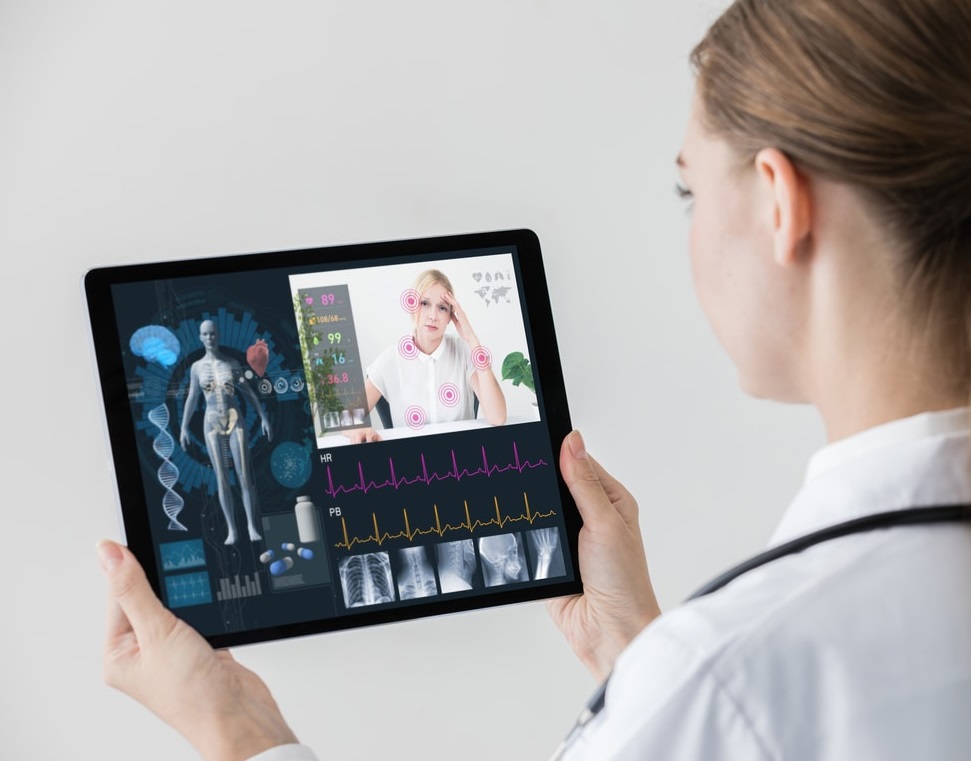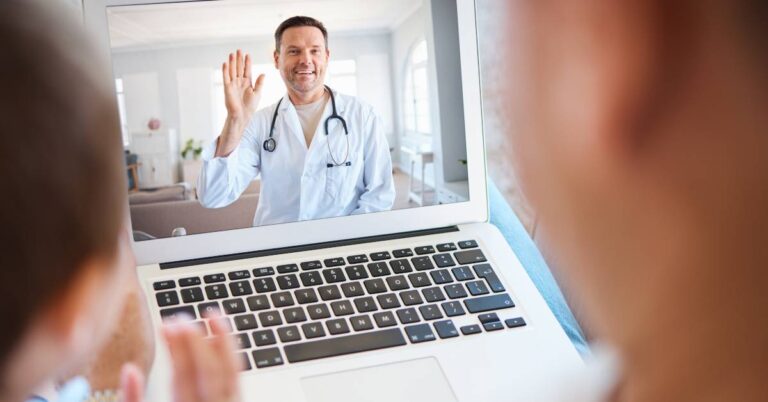The Benefits of Remote Patient Monitoring

With technology evolving more and more, it should come as no surprise that the healthcare industry is also incorporating cutting-edge technology into patient care. One of the latest trends includes remote patient monitoring. With advances in Biomed equipment, there is potential to improve clinical outcomes and reduce chronic care costs.
What is Remote Patient Monitoring?
Remote patient health, also sometimes called Telehealth, is a type of ambulatory healthcare helping patients and doctors use mobile devices to track vitals and analyze data in real-time. Most often this type of technology relies on monitoring devices, such as a heart or blood pressure tracker. The information is recorded and then sent to a physician using a cloud-connected system.
What are the benefits of Remote Patient Monitoring?
Remote patient monitoring is a promising technology with many benefits, here are a few of the many benefits associated with this new technology:
- Saves Money: It is estimated that in the next 15 to 20 years, the health care industry could save $700 billion by using remote patient monitoring technology. This is because physicians would be more efficient during their consultation hours without having to physically visit patients every couple of hours.
- Makes Healthcare Accessible: With this technology, patients will be able to receive a consultation without having to leave their home and visit a doctor’s office. This is especially advantageous for those who suffer from a chronic illness or live in remote areas. This type of technology enables timely communication, quick counseling, and time to take preventive measures if deemed necessary.
- Makes Healthcare Efficient: According to a recent study, 65% of physicians surveyed believe that this type of technology will help to reduce the burden placed on doctors and nurses. Staff burnout is a critical efficiency problem that most hospitals are facing. With the assistance of remote patient monitoring, technology will automate the process, therefore reducing the redundancies and offsetting several manual tasks currently required by healthcare professionals.
- Makes Healthcare Consumer-Centric: Incorporating this type of technology into patient care can improve the overall patient experience. Patients who recover under remote monitoring are more satisfied with their experience and have more gratitude toward the hospital. Remote monitoring generates data in a timely manner which enables healthcare providers to record, analyze and predict more efficiently, in turn allowing physicians to prevent complications and treat patients sooner.
As technology continues to advance and Biomed equipment and remote technology become more commonplace, patient satisfaction will continue to increase. Through the year 2020, remote patient monitoring is projected to grow at a compound annual growth rate of 48.9 percent, ultimately reaching an estimated 36.1 million patients. Imagine the possibilities with regular use of this type of technology by hospitals all across the country.


